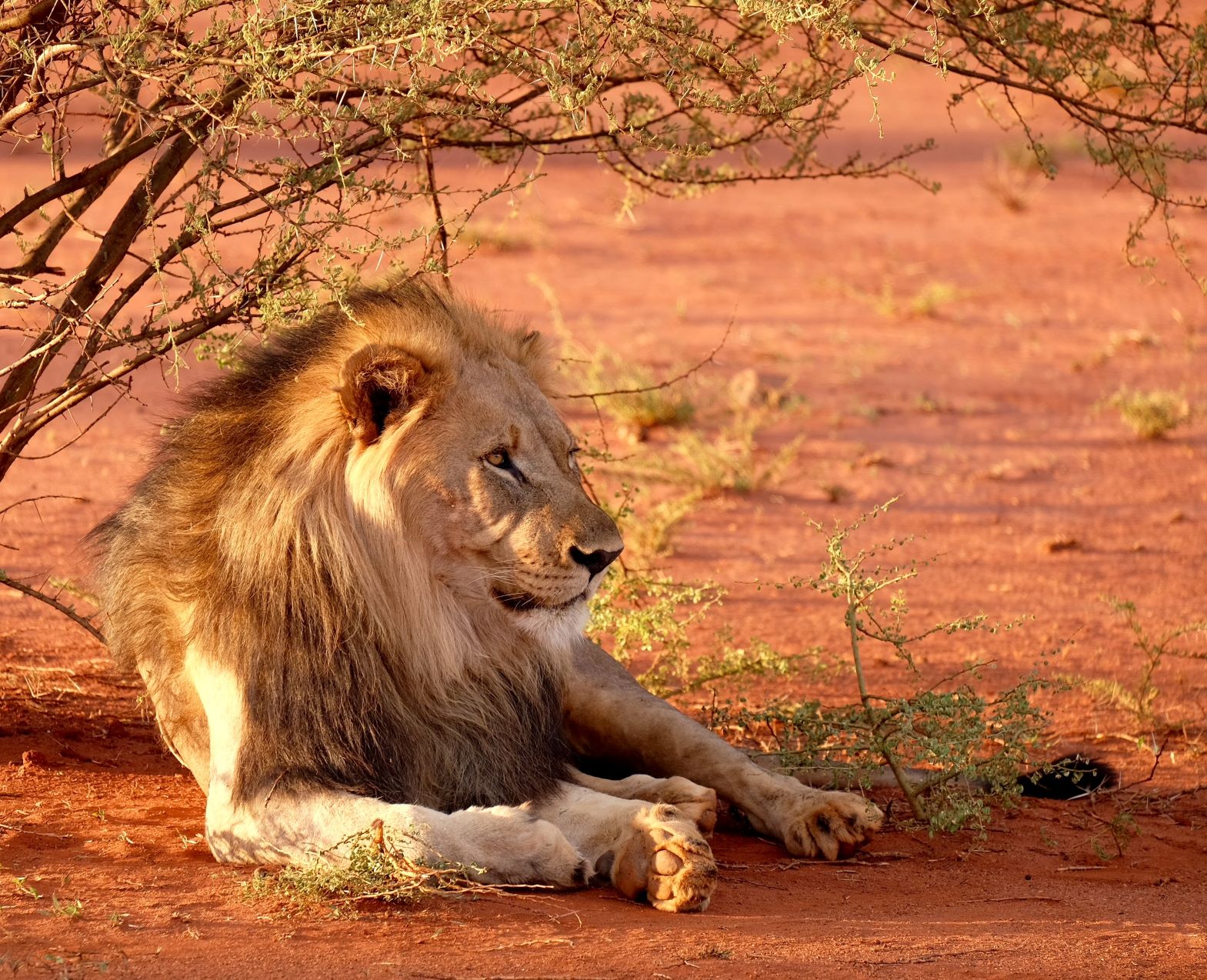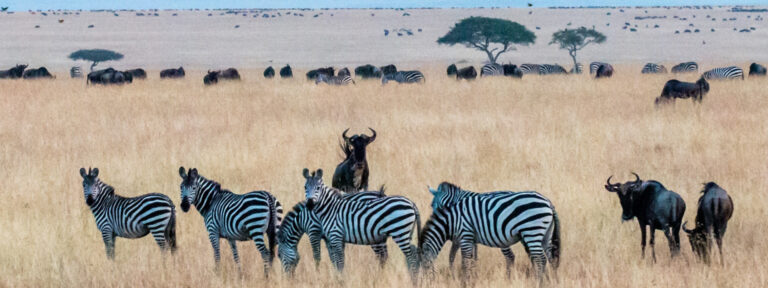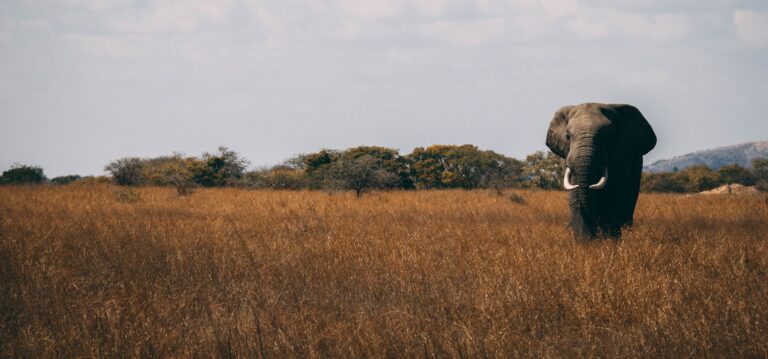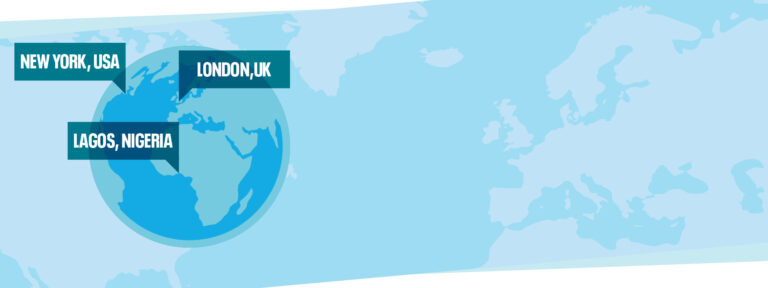
Human population density main driver of nature loss in Africa
A new study reveals that rapid human population growth is the biggest driver of environmental degradation in African countries, highlighting the urgent need for greater investment in family planning as a pathway to achieving biodiversity and sustainable development targets.
The paper, published in Nature Scientific Reports, represents the first Africa-wide assessment of socio-economic drivers of environmental degradation.

The authors looked at a range of factors that correlate with destruction of nature, including human population density, economic activity (GDP), wealth distribution, governance quality, and commitment to environmental protection. Measures of environmental performance included ecological footprint, species threat, deforestation, freshwater removal, livestock density, cropland coverage, and per capita emissions.
Increasing population density was the most strongly correlated with greater environmental degradation, with the most densely populated areas suffering the worst environmental damage. Higher GDP also lead to worse environmental performance while greater wealth inequality resulted in improved environmental performance, likely because of fewer opportunities for natural resource depletion, thereby hindering or delaying environmental damage.
Africa is one of the last strongholds of rich species assemblages that include large herbivores, carnivores and scavengers and the continent has the greatest mammal diversity in the world. The fact that it also has the greatest projected human population growth over the next century does not bode well for its biodiversity.
The paper highlights the often neglected fact that our large and increasing numbers are at the root of all major drivers of species extinction:
“The principal drivers of these population and species extinctions are clear: habitat conversion – much of it from agricultural expansion, road development, over-exploitation, pollution, urbanization, climate disruption, and the synergies among these. But these proximate drivers sometimes belie the ultimate driver of them all – human population expansion (both numerical and geographical) and the consumption of Earth’s resources this implies.”
In a similar vein, a key IPBES report published this year mentioned human population growth as a main “indirect” driver of biodiversity loss and stressed that “changes to the direct drivers of nature deterioration cannot be achieved without transformative change that simultaneously addresses the indirect drivers.”
Africa’s population is projected to increase by between five- and seven-fold to nearly six billion by the end of the century. This is due to very slow progress in reducing fertility rates (the average number of children born per woman) as a result of insufficient investment in family planning, education and women’s empowerment.
The study emphasises the failure of international agreements to set population goals:
“It is simultaneously telling and disconcerting that none of the Sustainable Development Goal targets, nor any of the Aichi Biodiversity Targets, mentions reducing human population size as a pathway to achieving their goals, even though the United Nations promotes family planning as a means to empower people and develop nations.”
The authors point out that “without dedicated, well-funded, and large-scale family planning rolled out across the African continent”, the aims of halting and reversing land degradation, resource depletion and biodiversity loss are not realistic.
“There has therefore never before been a more important time to re-invigorate the need for long-term, culturally sensitive, and meaningful family-planning measures if many African nations are to have any hope of stemming the decline of their biodiversity.”
The study notes that this is particularly urgent for countries with the highest population densities and fertility rates, such as Nigeria, Democratic Republic of Congo, South Africa and Tanzania.
Population Matters has repeatedly stressed the need for environmental measures to include ethical population action for the benefit of people and nature. By failing to address unsustainable population growth, governments are endangering livelihoods and the future of life on Earth.
Empowering women to choose their family size improves people’s quality of life and the health of the ecosystems we all depend on.



